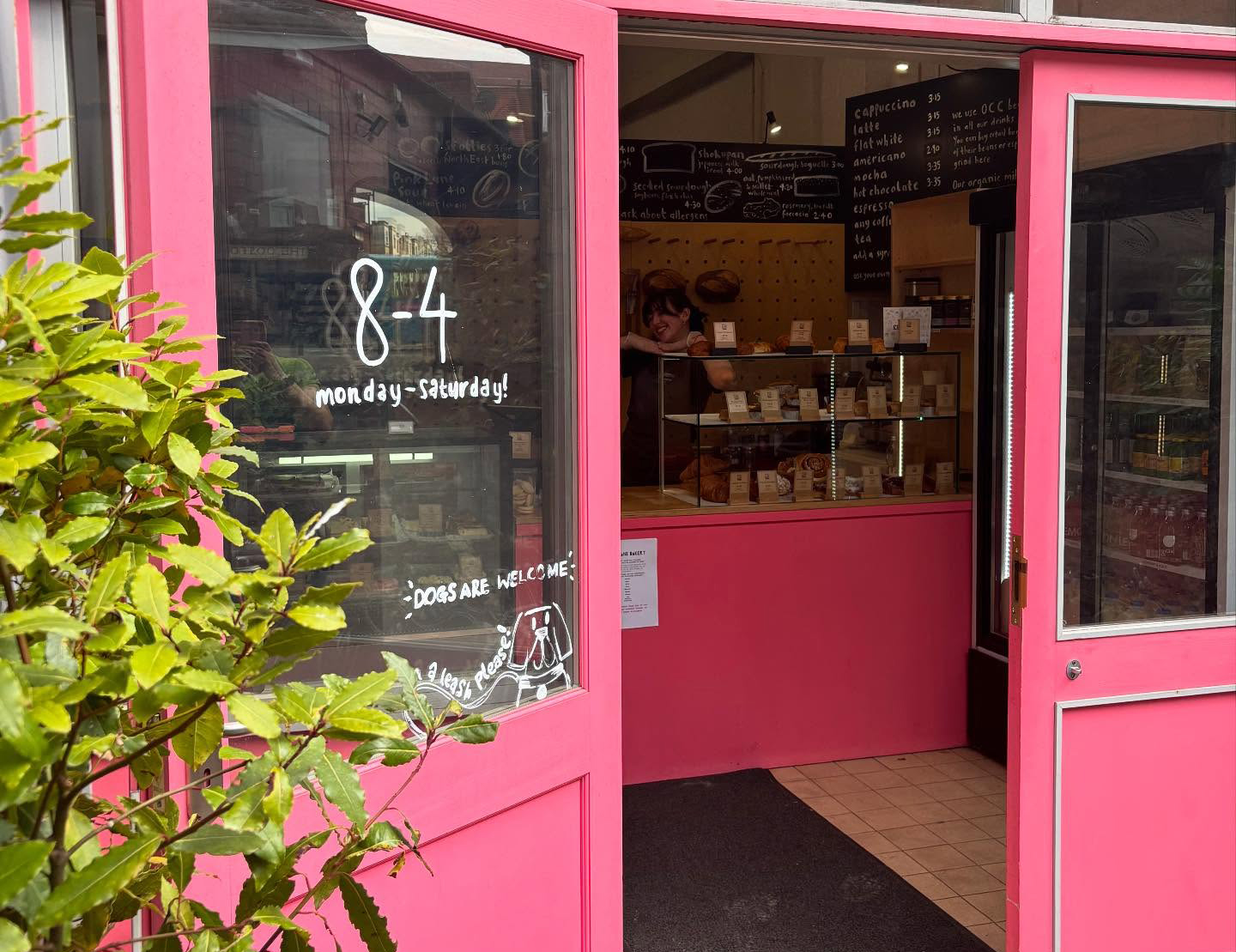Malva pudding, a rich and syrupy baked dessert, holds a special place in South African cuisine.
Known for its soft, spongy texture and caramel-like flavour, it’s a dish that comforts the soul and connects generations. Its history is intertwined with the country’s cultural melting pot, evolving from humble beginnings to a much-loved staple on both family tables and fine-dining menus.
The origins of malva pudding are somewhat shrouded in mystery, but it is widely believed to have Dutch and Cape Malay influences, reflecting South Africa’s colonial past. The name ‘malva’ itself has sparked much debate. Some suggest it refers to the Afrikaans word for marshmallow, describing the pudding’s soft texture, while others link it to malvasia, a sweet wine often used in the dish’s early recipes.
Traditionally, malva pudding is made with simple ingredients: flour, eggs, sugar, apricot jam, and a splash of vinegar to enhance its tender crumb. After baking, the hot pudding is soaked with a creamy sauce made of butter, sugar, cream, and occasionally brandy or rum. The result is a dessert that is luxuriously moist, with a golden crust that contrasts beautifully with its soft interior. It’s typically served warm, accompanied by custard, cream or ice cream.
Malva pudding’s popularity surged in the mid-20th century, particularly among South Africa’s Afrikaner communities, where it became a quintessential Sunday dessert. Its comforting sweetness and simple preparation made it an ideal dish for large family gatherings. However, its appeal soon transcended cultural boundaries, becoming a beloved treat across the nation and even beyond.
The dessert’s association with South African identity was further cemented when it appeared on the menus of high-profile establishments, including the restaurant at the iconic Boschendal wine estate in the Cape Winelands. It’s also famously linked to Oprah Winfrey’s personal chef Art Smith, who introduced the pudding to an international audience, sparking curiosity and admiration for this humble yet decadent dessert.
Local variations have added layers of richness to the story of malva pudding. Some recipes incorporate orange zest, cinnamon, or ginger while others use different jams or liqueurs in the batter. Modern chefs have reimagined the dish in creative ways – presenting it as individual portions, incorporating new flavours like rooibos, or serving it with exotic accompaniments such as Amarula-infused cream.
Although malva pudding is not tied to a specific season, its warming qualities make it a fitting choice for March, when the last chill of summer in South Africa hints at autumn’s approach. It’s a dish that invites togetherness, whether shared around the table with family or enjoyed as the grand finale to a celebratory meal.







Click here to change your cookie preferences